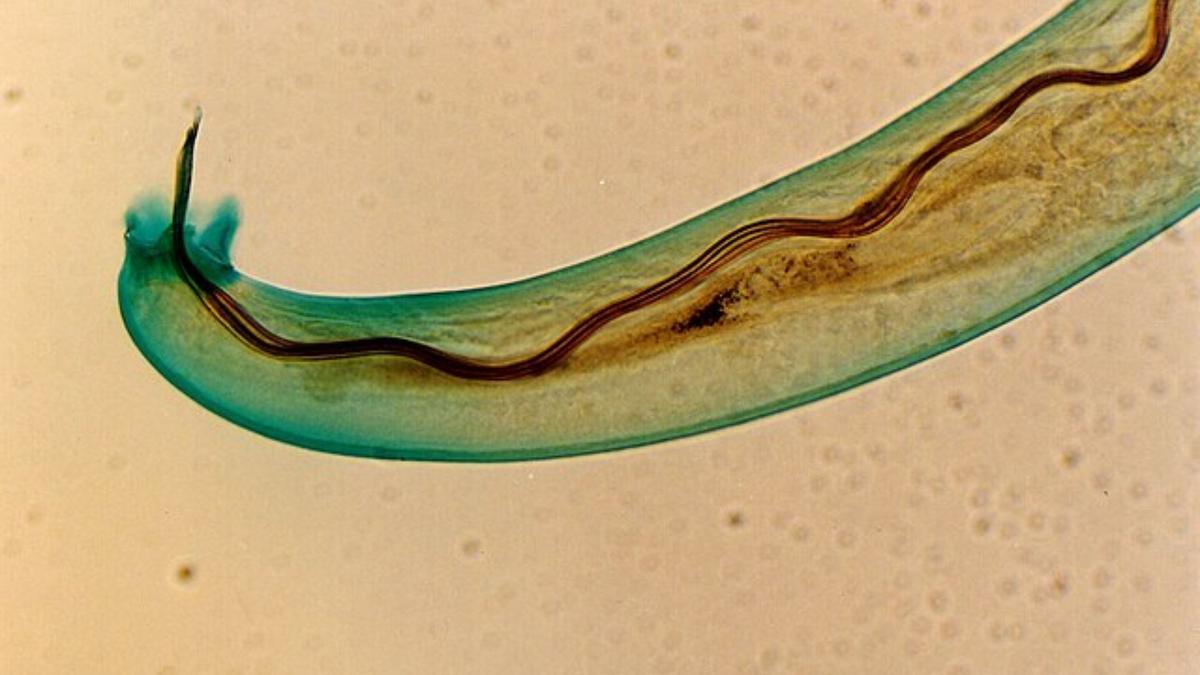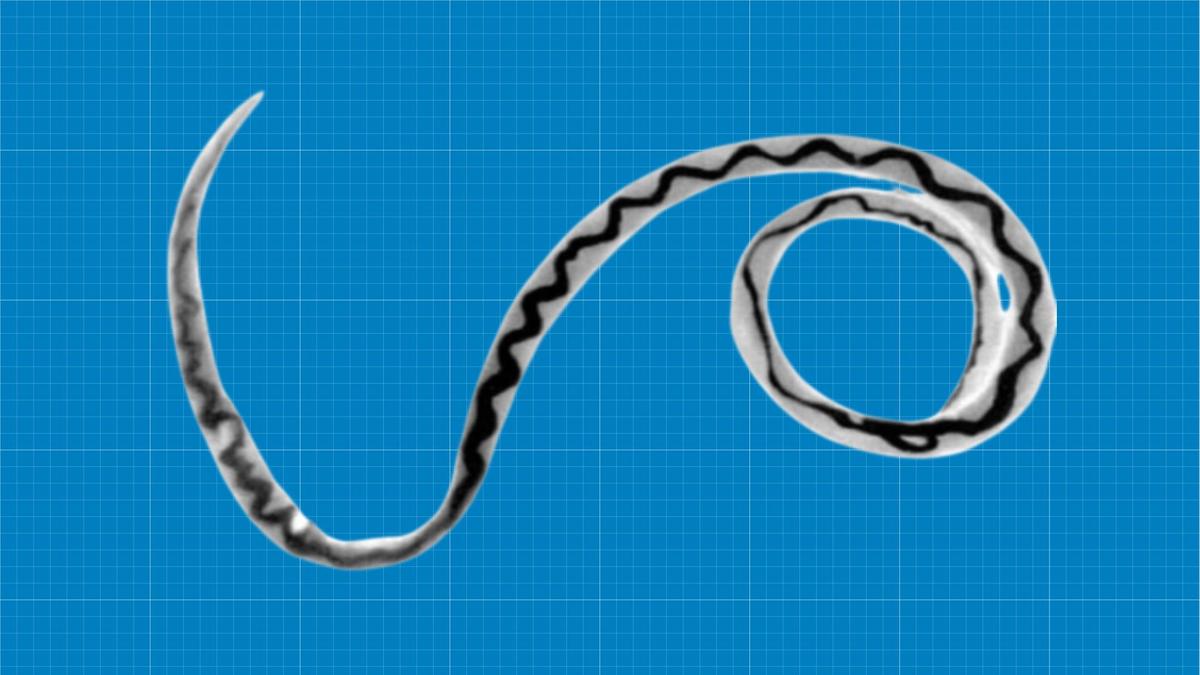A parasitic worm, known for causing potentially fatal brain infections when it passes from rats to humans, has established itself in the southeastern US.
Researchers from Georgia, Texas, and Mississippi confirmed that dead rats found at an Atlanta zoo had been infected with the parasitic A. cantonensis, or lungworm, as early as 2019.
Lungworm, typically native to Asia and the Pacific Islands, has been steadily migrating west due to international travel, global trade, and a changing climate that makes new locations more habitable.
Infections from rats to humans are rare but not unheard of. Six human cases were detected from 2011 to 2017 in several southern states as well as Hawaii, where it made headlines after 10 visitors contracted it in 2018 alone.
The 33 dead rats tested between 2019 and 2022 were collected from Zoo Atlanta in Georgia.
Rats become infected when they eat snails and slugs harboring the worm larvae. Once ingested, the parasite worms its way through the rat’s body into the central nervous system. The parasite releases eggs in the rat’s lung artery, which then travel through the bloodstream and are passed in rat feces.
Rat lungworm is a parasite that can be transmitted to humans if they eat raw slugs or snails. Seven of the 33 dead rats at the Atlanta zoo had the parasite in their lung, brain, and heart tissue.
The parasite’s natural life cycle begins and ends with rodents, which become infected when they eat snails and slugs harboring the worm larvae.
Humans are most likely to become infected when they eat those infected slugs or vegetables covered in slug slime, but they cannot spread it to other humans.
Most people who become infected with lungworm will recover without medical treatment.
However, if the worm infects a human and then travels to the brain, it can lead to a rare case of eosinophilic meningitis, caused by inflammation of the membranes covering the brain and spinal cord.
From 2019 to 2022, veterinarians from the University of Georgia, Texas A&M University, Mississippi State University, and Zoo Atlanta in Georgia’s capital conducted testing on 33 dead brown rats found on zoo grounds.
They examined tissue from the dead rats’ brains, hearts, livers, kidneys, lungs, spleens, skeletal muscles, skin, gastrointestinal tracts, adrenal glands, and gonads.

Seven of the rats had worms, or nematodes as researchers refer to them, in their heart, lung artery, and brain tissues.
Of these seven, four were confirmed to be infected with lungworm. The three remaining rats were not confirmed to have lungworm, but researchers noted that they had worms in their blood vessels consistent with A. cantonensis.
Lungworm had been detected previously in rats in Florida and Alabama, leading researchers to believe that lungworm was likely present in Georgia well before the first dead rats were examined in 2019.
There had also been at least six cases of the parasite found in humans over six years across the southeast.
The researchers said: “Discovery of autochthonous cases of A. cantonensis infection in definitive host rodents collected during 2019–2022 in the state of Georgia, suggests that this zoonotic parasite was introduced to and has become established in a new area of the southeastern United States.”
Their findings were published in the CDC’s journal Emerging Infectious Diseases.
Four confirmed infections with the brain-infecting parasite served as an alarm bell for epidemiologists who have been tracking the spread of diseases from their places of origin to far-flung locales such as the United States.
As the global climate continues to warm, more places will begin to feel like the lungworm’s native Southeast Asia, making regions such as the southeastern US more suitable for its survival.
A prolonged warm season also means more time for the parasite to flourish and infect more species.
A vet has warned pet owners about lungworm, a deadly parasite from rats and snails that dogs can contract by playing with tennis balls or eating grass.
Lungworm got its name from the characteristic way it exploits the rat host’s respiratory system to grow.
The parasite’s life cycle begins when eggs are passed in a rat’s feces and hatch in the environment into what researchers call first-stage larvae or L1.
Snails and slugs then consume the larvae in the environment when they feed. In the snail’s digestive system, the larvae enter their second stage of life. When they reach the third stage of development, they gain the capacity to infect other hosts, including humans.
A mammal, such as the common brown rats found at Zoo Atlanta, eats the infected snail, and the third-stage larvae travel from the rat’s digestive tract to the lungs, where eggs are released and circulate through the bloodstream.
Humans who eat the infected snails or slugs, often on a dare according to the CDC, are more likely to become infected, but they are not guaranteed to experience any symptoms.
They may first experience nausea and vomiting a few hours to a few days after eating a contaminated snail. There is no designated treatment for lungworm, and it typically resolves on its own.
Neurological symptoms such as headache, stiff neck, tingling or pins-and-needles feelings in the extremities, and sensitivity to light may follow.
Eosinophilic meningitis as a result of lungworm infection is rare, with only about 3,000 documented cases globally since 1944. This could be an undercount, though, as many cases may go undiagnosed or untreated.
